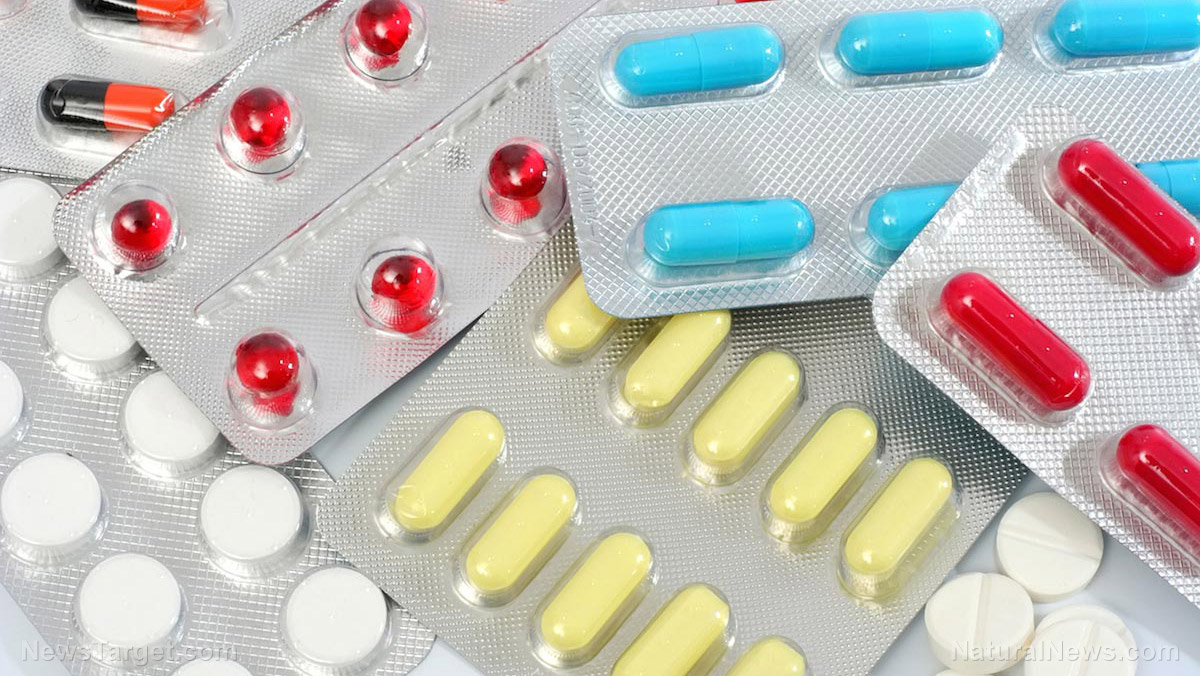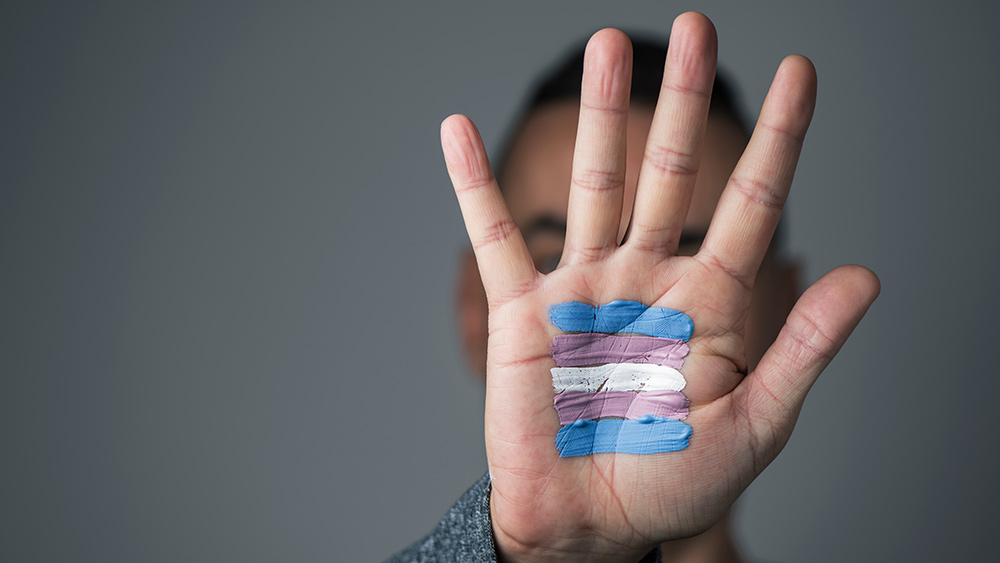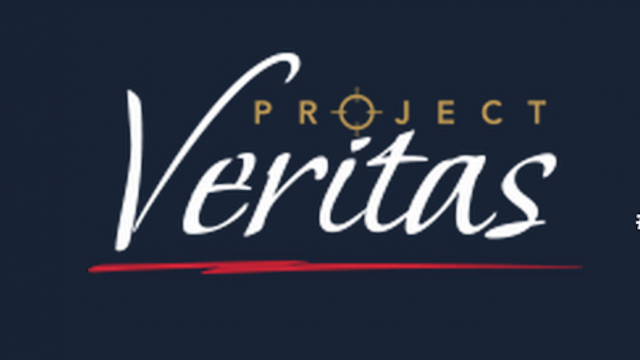
In 2013, sitagliptin and sitagliptin combined with metformin were examined for early benefits, which were concluded with limited decisions by the Federal Joint Committee (G-BA). Moreover, in 2015 the G-BA extended the period of the limited decision for a year. The manufacturer of the drug then submitted new documents after the decision expired, as mandated in the Regulation for Early Benefit Assessment of New Pharmaceuticals.
The IQWiG observed that there are indicators of a partly non-quantifiable and partly considerable added benefit compared with sulfonylureas for the free and fixed combination of sitagliptin and metformin, but an additional benefit was not proven for all other uses.The drug manufacturer was not able to prove whether sitagliptin alone has an added benefit compared to the sulfonylureas glienclamide or glimepiride as they submitted the similar lacking data as for the first assessment. They also failed to prove an added benefit for sitagliptin plus sulfonylurea and sitagliptin/metformin (free or fixed combination) plus sulfonylurea. Insulin therapy was not developed in a significant way, although it had been previously proved as insufficient. Therefore, these findings were also not interpretable and they were unable to prove an added benefit of the combination of sitagliptin and sitagliptin/metformin with insulin.

In a randomized controlled trial, patients received glimepiride in addition to metformin. Although a hint of a beneficial effect of sitagliptin plus metformin compared to glimepiride plus metformin was shown for symptomatic hypoglycaemia, it was non-quantifiable.
The drug manufacturer presented results from the TECOS study, which is a randomized controlled trial that analyzed cardiovascular risks in individuals with type-2 diabetes and established vascular disease. In the study, sitagliptin together with existing anti-diabetic therapy was compared with usual diabetes care in this study. However, there were no conclusions that could be derived from the study because the comparative data was lacking. Moreover, there was no confirmation that there were uniform health care standards in the countries involved in the study and the results cannot be applied to the German health care context. Furthermore, the study was mostly carried outside the approval of sitagliptin. Lastly, the findings concerns were raised on the treatment of participants with insufficient blood glucose and blood pressure control was adequately escalated in the study. In general, there were no beneficial and adverse effect of the drug can be concluded from the study.
Natural remedies for diabetes
According to an entry by the Diabetes.co.uk, a number of studies have shown that herbal therapies can improve blood glucose control. This has led to an increase in diabetic people using natural remedies to help regulate their condition. Natural therapies that contain anti-diabetic effects include aloe vera, bilberry extract, bitter melon, cinnamon, fenugreek, ginger, and okra. Other herbal plants that can help manage diabetes are garlic, Bauhinia forficata, Myrcia uniflora, ivy gourd, fig lead, ginseng, gymnema sylvestre, holy basil, prickly-pear cactus, milk thistle, and fenugreek.
Find out more information on noneffective drugs at DangerousMedicine.com.
Sources include:
Please contact us for more information.






















